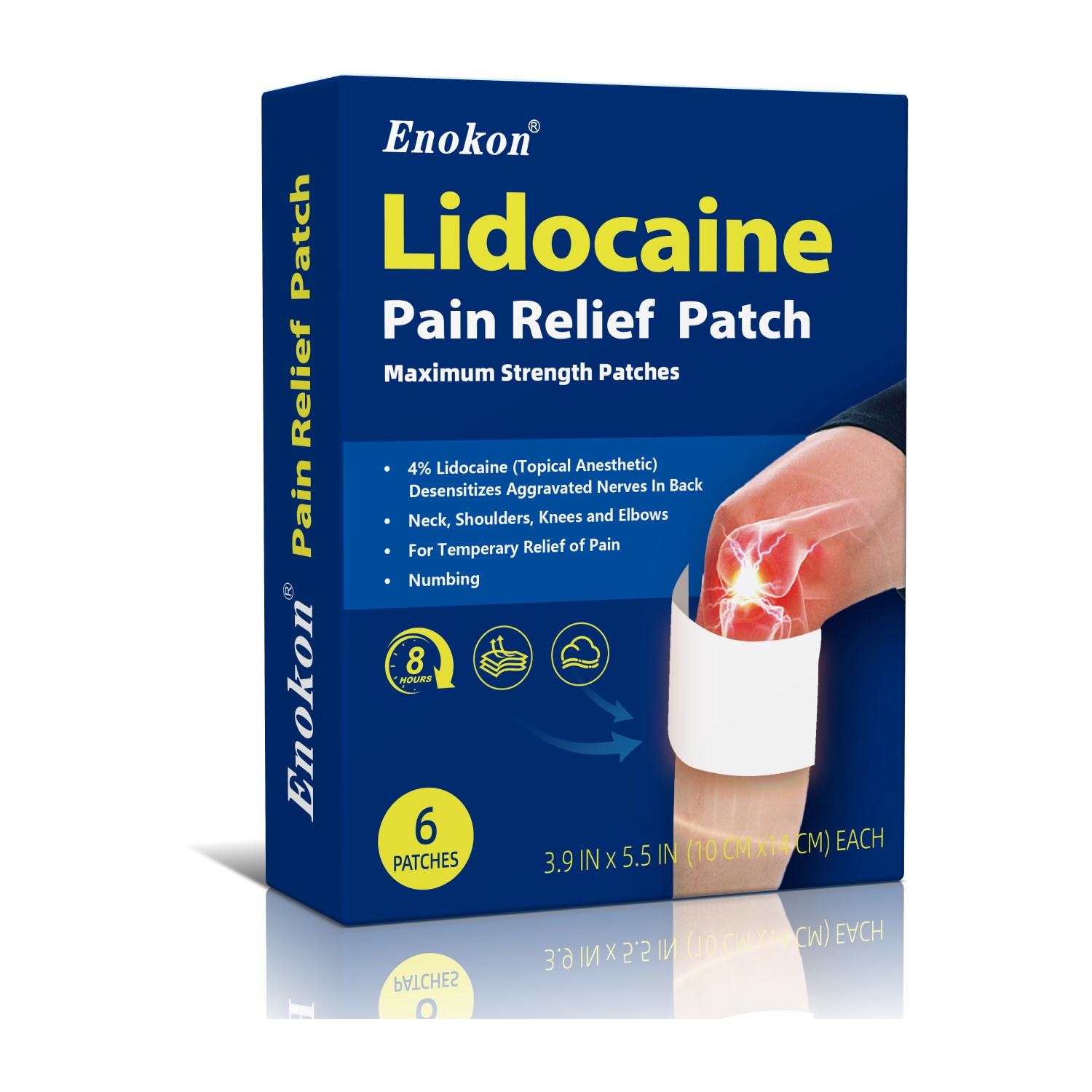In today's sedentary lifestyle, many people spend long hours sitting—whether at a desk, in front of a computer, or during long commutes. While sitting may seem harmless, prolonged inactivity can lead to serious health issues, particularly in the lower back and neck. Fortunately, pain relief patches offer a convenient and effective way to alleviate discomfort caused by extended sitting.

Sitting for extended periods places excessive pressure on the lumbar spine, leading to muscle stiffness, poor posture, and even disc degeneration. Over time, weak core muscles and reduced blood flow can worsen the pain, making it difficult to stand or move comfortably.
Many people hunch over their desks, straining the cervical spine. This poor posture tightens the trapezius and levator scapulae muscles, causing chronic neck pain, tension headaches, and even nerve compression.
Sitting slows blood circulation, particularly in the legs, increasing the risk of deep vein thrombosis (DVT). Additionally, inactive muscles weaken over time, leading to atrophy and reduced mobility.
Studies show that prolonged sitting is linked to obesity, cardiovascular disease, diabetes, and even certain cancers due to metabolic slowdown and inflammation.
Pain relief patches are an excellent solution for managing lumbar and cervical discomfort caused by sitting. Here’s how they work:
These patches deliver active ingredients (such as menthol, camphor, or lidocaine) directly to the affected area, providing fast-acting numbness and soothing warmth to stiff muscles.
Many patches contain natural anti-inflammatory agents (e.g., arnica or capsaicin) that reduce swelling and promote healing in strained muscles and joints.
Some patches enhance circulation by stimulating blood flow to tense areas, helping to relieve stiffness and accelerate recovery.
Unlike oral painkillers, patches offer localized relief without stomach irritation or drowsiness. They are discreet, easy to apply, and provide long-lasting effects (often 8-12 hours).
Take Frequent Breaks: Stand and stretch every 30 minutes.
Improve Posture: Use ergonomic chairs and adjust screen height.
Strengthen Core Muscles: Engage in yoga or Pilates to support the spine.
Stay Active: Walk, swim, or cycle regularly to counteract sedentariness.
Prolonged sitting poses significant risks to spinal health, but pain relief patches offer an effective, drug-free way to manage discomfort. By combining these patches with better posture and movement, individuals can reduce pain and improve overall well-being in a sedentary world.